 Japanese import Moon Cresta bursts into American arcades, challenging veterans of previous slide-and-shoot space games to dodge its never-ending waves of multi-colored invaders. Also on display is the best metaphor ever for “extra lives”: the player has to assemble a three-stage rocket to fight off the attackers.
Japanese import Moon Cresta bursts into American arcades, challenging veterans of previous slide-and-shoot space games to dodge its never-ending waves of multi-colored invaders. Also on display is the best metaphor ever for “extra lives”: the player has to assemble a three-stage rocket to fight off the attackers. ![]()

 Cinematronics’ vector graphics arcade wargame
Cinematronics’ vector graphics arcade wargame  Atari releases the arcade game
Atari releases the arcade game 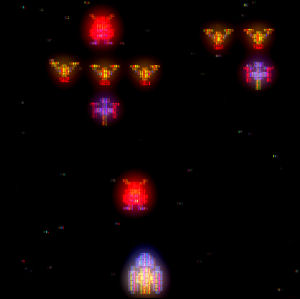 Midway releases
Midway releases 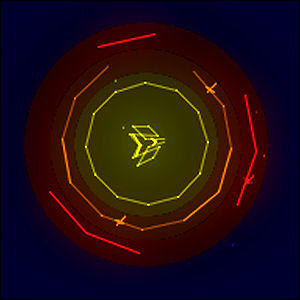 Cinematronics releases the cult classic arcade game
Cinematronics releases the cult classic arcade game 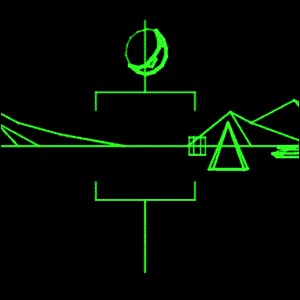 Atari releases the arcade game
Atari releases the arcade game 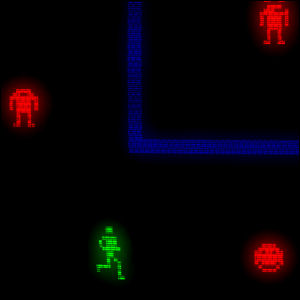 Pinball manufacturer Stern Electronics establishes a firm foothold as a maker of video games with the paranoia-inducing coin-op
Pinball manufacturer Stern Electronics establishes a firm foothold as a maker of video games with the paranoia-inducing coin-op 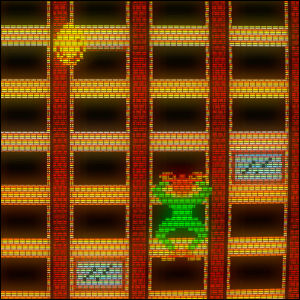 Boasting a tricky dual-joystick control scheme allowing players fine-tuned control over their on-screen character’s movements,
Boasting a tricky dual-joystick control scheme allowing players fine-tuned control over their on-screen character’s movements,  Having just opened up its American branch, Japanese video game manufacturer Nintendo introduces its first arcade game, the virtually-unknown space shooter
Having just opened up its American branch, Japanese video game manufacturer Nintendo introduces its first arcade game, the virtually-unknown space shooter 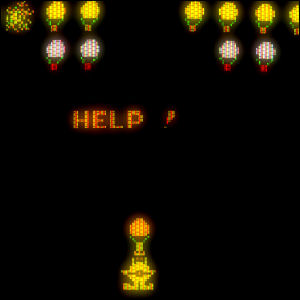 Namco releases
Namco releases 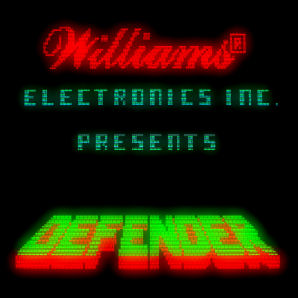 After a mad last-minute rush to prepare it for display at the 1980 Amusement Machine Operators of America (AMOA) trade show, Williams Electronics debuts what will become its most successful arcade game,
After a mad last-minute rush to prepare it for display at the 1980 Amusement Machine Operators of America (AMOA) trade show, Williams Electronics debuts what will become its most successful arcade game,  Universal (a video game manufacturer unrelated to the Hollywood studio of the same name) introduces the minor arcade classic
Universal (a video game manufacturer unrelated to the Hollywood studio of the same name) introduces the minor arcade classic  American pinball manufacturer Stern Electronics releases a video game licensed from Japanese game maker Konami Industries,
American pinball manufacturer Stern Electronics releases a video game licensed from Japanese game maker Konami Industries, 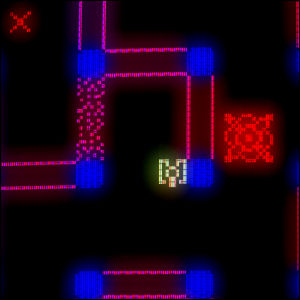 Sega releases the arcade game
Sega releases the arcade game 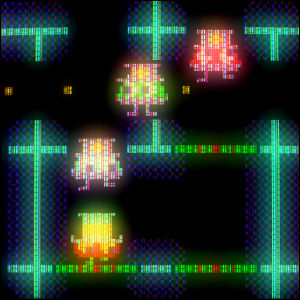 Data East releases the arcade video game
Data East releases the arcade video game 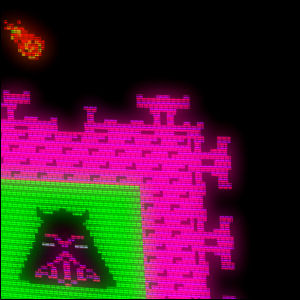 Atari releases
Atari releases  Atari releases
Atari releases  Atari releases
Atari releases 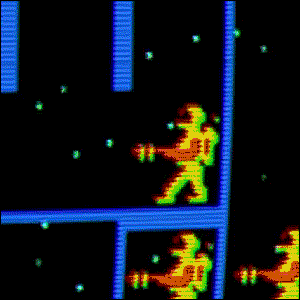
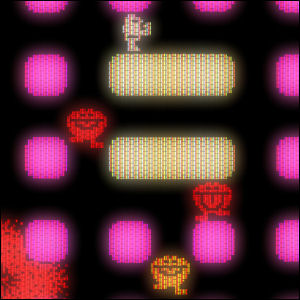 Better known for making jukeboxes and speakers, Rock-Ola dips its toes into the video game industry by releasing
Better known for making jukeboxes and speakers, Rock-Ola dips its toes into the video game industry by releasing  Exidy’s swashbuckling coin-op video game
Exidy’s swashbuckling coin-op video game  Sega releases the arcade game
Sega releases the arcade game  Sega introduces
Sega introduces 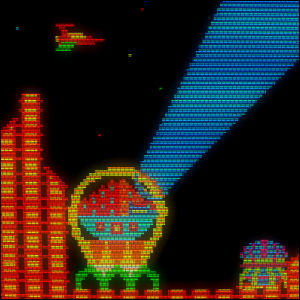 With game play similar to the coin-op hit Defender (but more detailed, colorful graphics), Universal introduces the minor arcade hit
With game play similar to the coin-op hit Defender (but more detailed, colorful graphics), Universal introduces the minor arcade hit 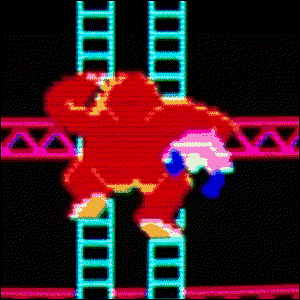 With one unprofitable flop behind it, the American branch of Nintendo has a lot riding on its second arcade game. Fortunately, it strikes gold with
With one unprofitable flop behind it, the American branch of Nintendo has a lot riding on its second arcade game. Fortunately, it strikes gold with  Challenging players to fly their space fighter through an array of twisty mazes in an attempt to reach the final goal – destroying the “brain” of an enemy rocket – SNK’s
Challenging players to fly their space fighter through an array of twisty mazes in an attempt to reach the final goal – destroying the “brain” of an enemy rocket – SNK’s 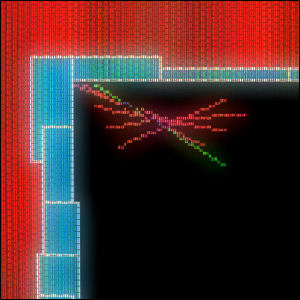 The first game generated by west coast programmers working for Taito’s new American game design division,
The first game generated by west coast programmers working for Taito’s new American game design division, 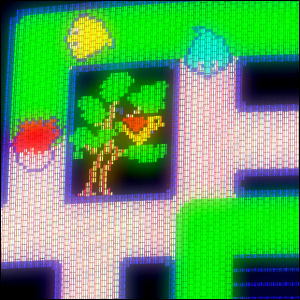 Not wanting to miss a piece of the Pac-Man pie, American pinball & video game manufacturer Williams Electronics releases
Not wanting to miss a piece of the Pac-Man pie, American pinball & video game manufacturer Williams Electronics releases 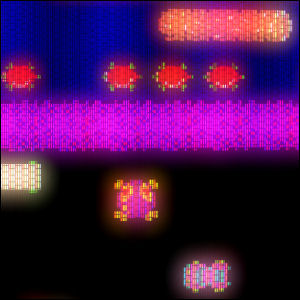 Created by Japanese video game manufacturer Konami (which has yet to establish a corporate foothold in North America),
Created by Japanese video game manufacturer Konami (which has yet to establish a corporate foothold in North America),  Centuri releases the arcade video game
Centuri releases the arcade video game